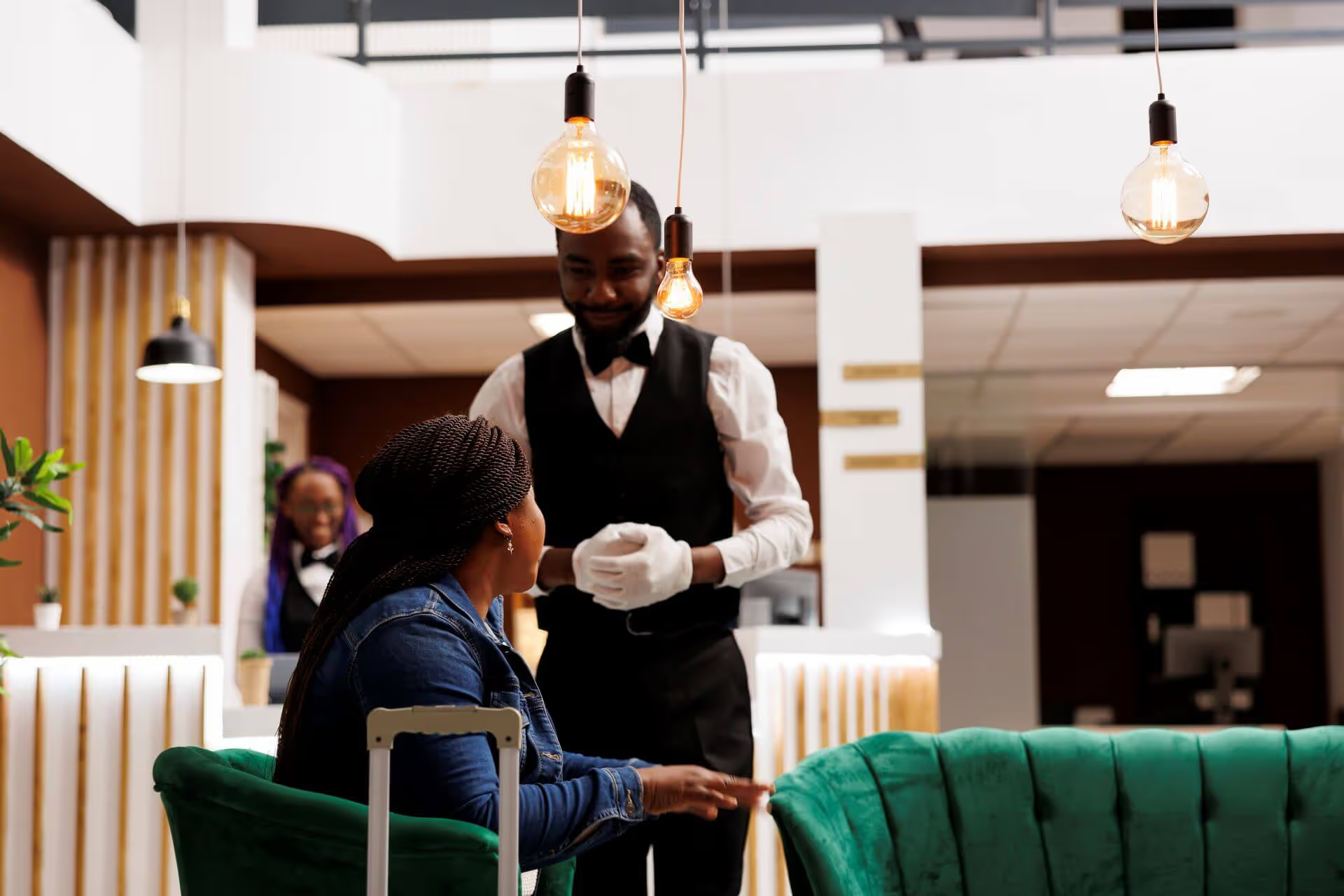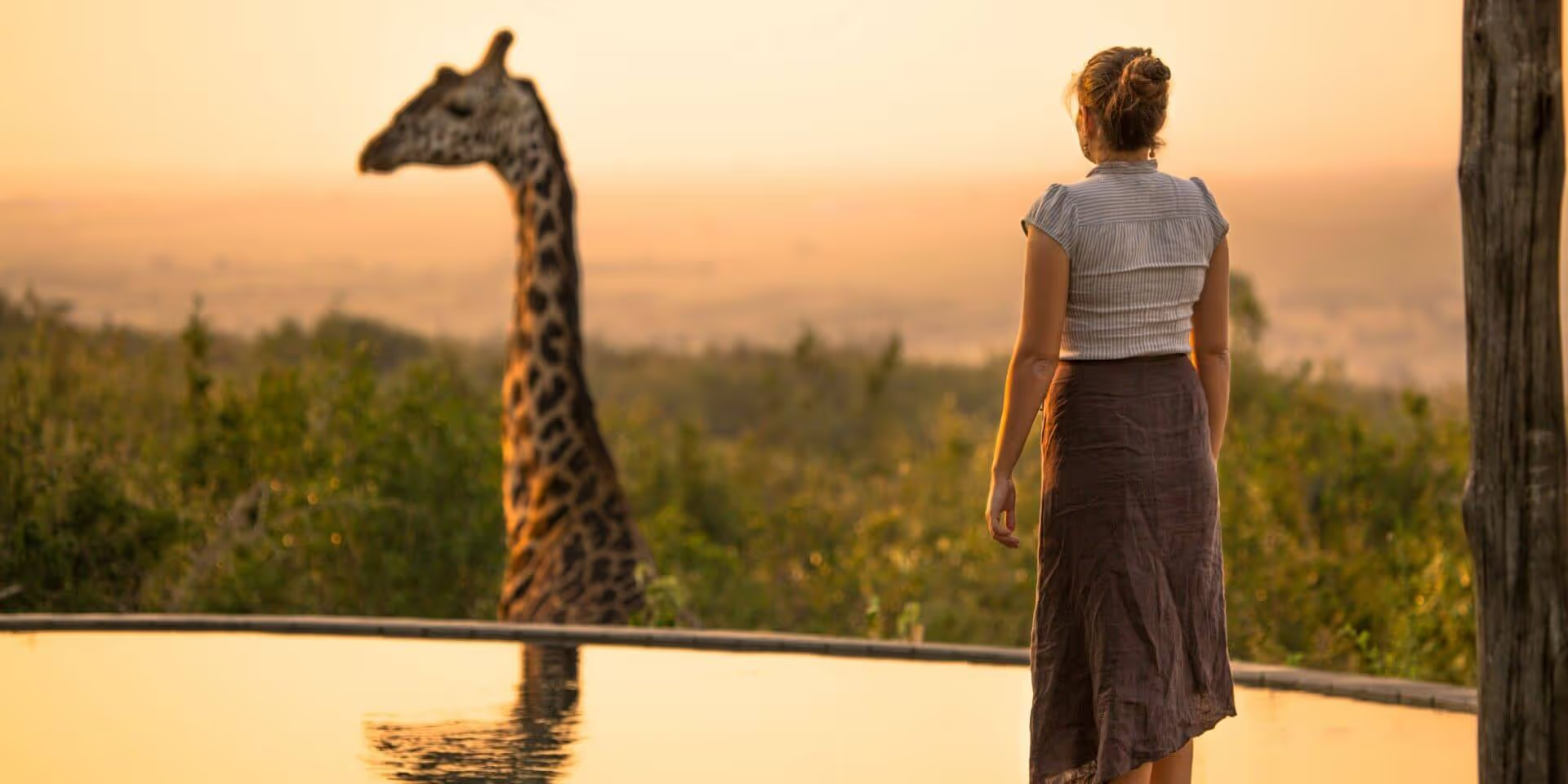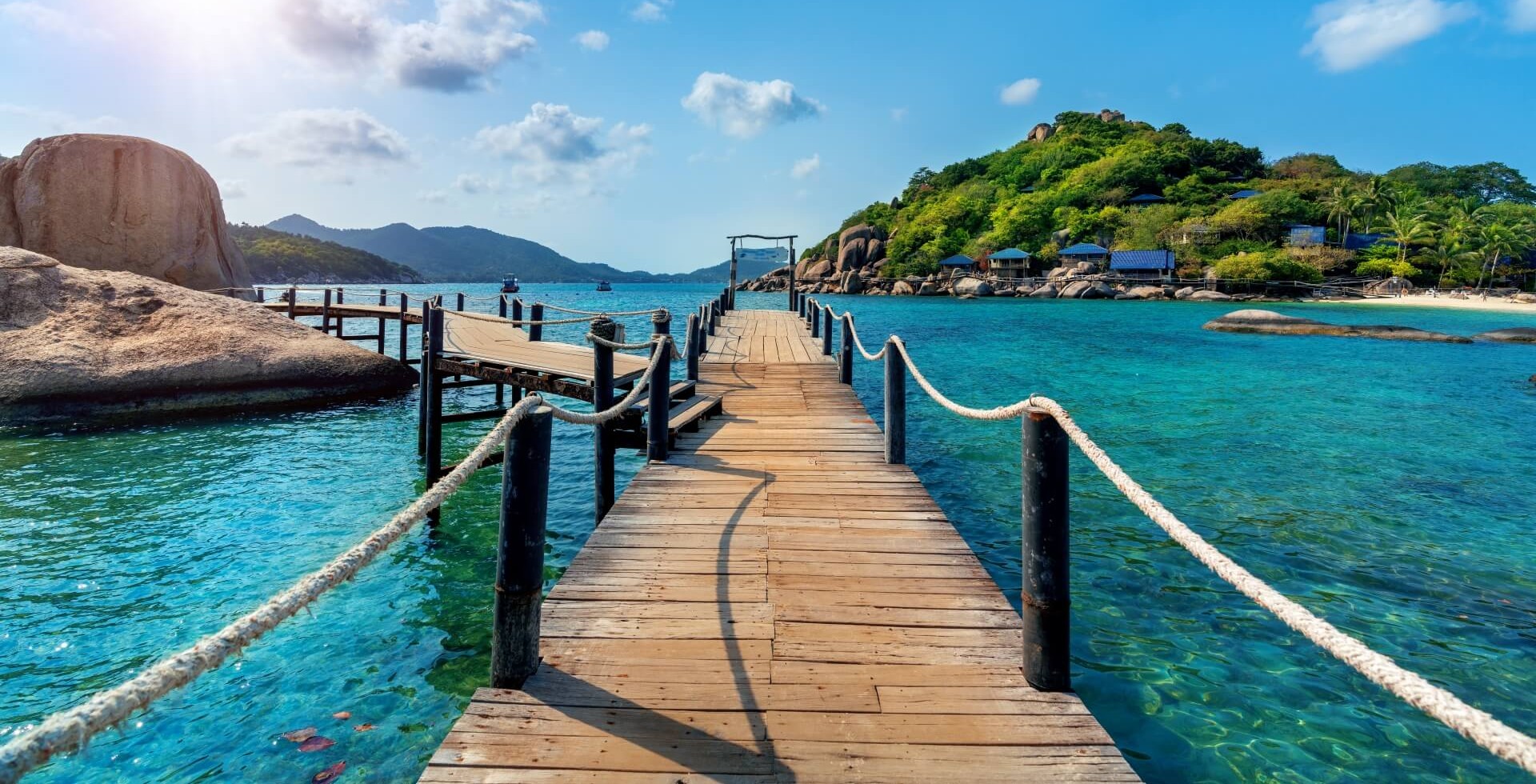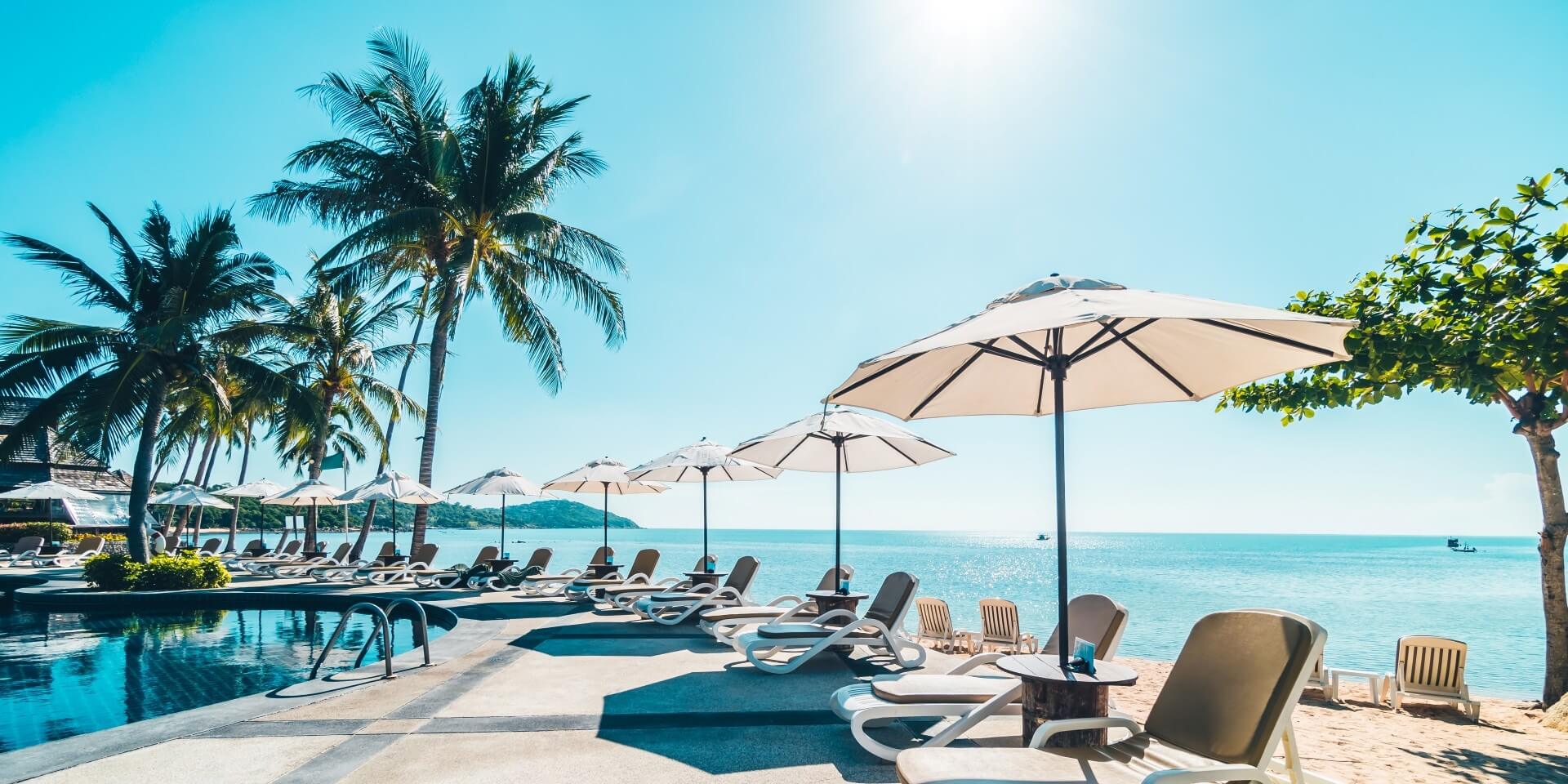The online space has become an integral part of every industry, and the world of luxury travel is no exception. From doing basic research about which countries to visit, all the way through to booking the perfect spot (and reviewing it afterward!), the internet plays a role in every single step.
The role of your website is to make those decisions easy for your audience by bringing the enchantment of your offerings straight to their screens. However, merging reality with the digital isn’t always as simple as just that – it takes some know-how and a solid strategy to make a spectacular first impression online. Let’s take a look at the nitty-gritty details of aligning real-life experiences with your digital space.
Why alignment matters
It’s plain and simple: as a travel brand, you’re selling an experience. Travellers are looking for more than just hard facts and quick processes – they want an emotional connection and a sense of what lies in wait.
Because of this, it’s pretty easy to imagine why the alignment between what you have to offer in real life needs to be captured and represented on your website and other digital platforms.
Unfortunately, many travel brands struggle to bring the essence of their offerings to life on a screen. Bridging the gap between the tangible and the digital comes down to more than just a few perfectly angled photographs. It requires a thorough understanding of your audience and their expectations, technological innovation, and careful curation. Sound complicated? With the right strategies and assistance, it won’t be.
Strategies for bridging the gap
Now that you’ve grasped the value of matching the splendour of your brand’s real-world offerings to your online presence, here are some simple strategies to help you make it happen: the backbone of a captivating web experience.
1. Visuals: Incorporating emotion
Strong visuals are one of your superpowers in this endeavour. While photography isn’t everything, it sure is something, and high-quality images and videos possess the power to evoke the emotions you’re looking for in your audience. You can incite a sense of adventure, relaxation, or whatever other feelings or experiences you’re trying to bring up.
Keep in mind that your visuals extend beyond images and videos, though. The fonts, colours, and other design elements that make up your branding play an integral role in capturing what your business is all about and the type of experience you’re offering your customers. Bringing all of this together on your website will offer your audience an in-depth look at what they might expect from you.

2. Interactive elements
Beyond photos and videos, including more interactive elements like virtual tours and immersive content will give you a major leg up.
If you’re looking to bring reality into your digital space, there’s no better way to do so than by letting travellers step directly into their destination. Whether you incorporate a 360-degree view or a virtual walkthrough, your website visitors will be able to take in the sights and sounds in a much more realistic way, bringing depth and excitement to even just the online experience. Now, just imagine how they’ll long for it in real life!
3. Seamless user experience
The importance of user experience (UX) design in the travel industry is paramount. A poorly designed website with dragging load times and an interface that feels clunky and confusing? Not going to get you very far.
While visual design plays a pivotal role, functionality is just as important. For a travel brand, this means prioritising clear and simple navigation on your website. An intuitive menu, quick loading times, and a seamless booking process sound like the very basics, but they make an enormous difference in your customer’s overall experience and will ultimately secure those bookings at a much faster rate.
4. Human touch and personalised service
With just about every aspect of our lives transitioning to digital, so much has been taken away from the human experience. While most of us relish the fact that we barely ever have to interact with a real person anymore, we’ve forgotten what that human touch adds to our lives.

Bringing that touch of personal interaction back to your website and your brand could be what differentiates you from every competitor. Travel is an intimately personal experience, and you can represent this through simple yet unique features on your site. Personalised recommendations, tailored itineraries, and the fine art of attentive customer service are all easy ways to level up your customer’s experience.
The future of luxury travel
In 2024, it’s rare for us to look for brochures, travel magazines, or even talk directly to agencies to make our plans. Instead, more and more travellers are turning to online platforms for inspiration, research, and making their bookings.
Naturally, the design and functionality of travel websites are becoming more and more crucial to the industry. So many businesses are missing the opportunity to showcase their true value online, resulting in poor brand awareness and lead conversion in the new age of tech and travel.
[Explore how Boost’s strategic branding strategy solutions can help you elevate your travel company’s online presence. Book an intro call with our head of strategy today to bring a taste of reality to your website.]




